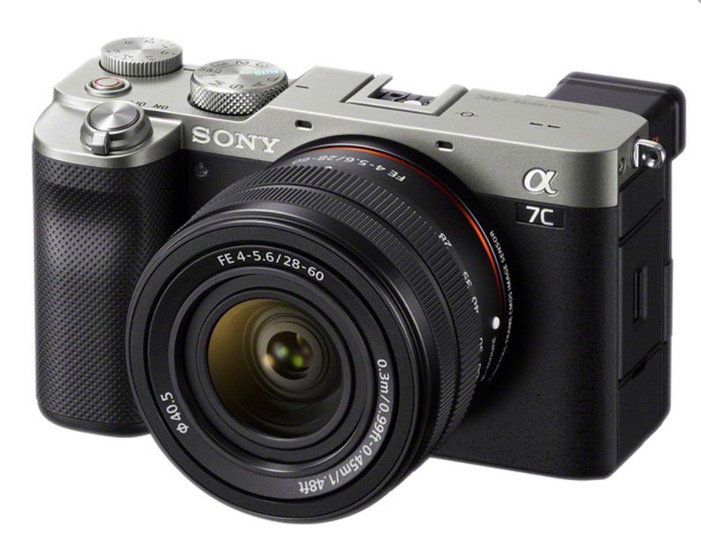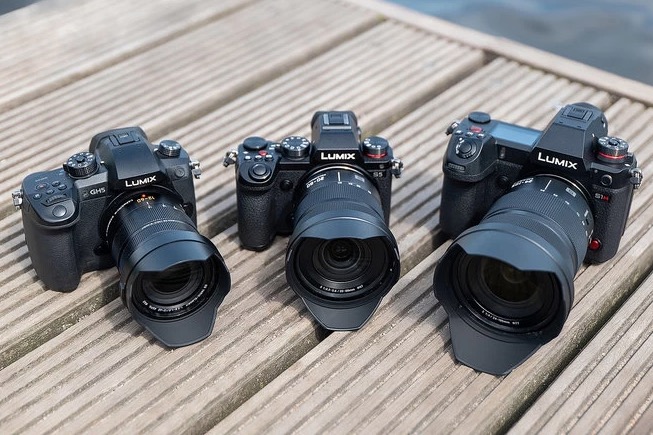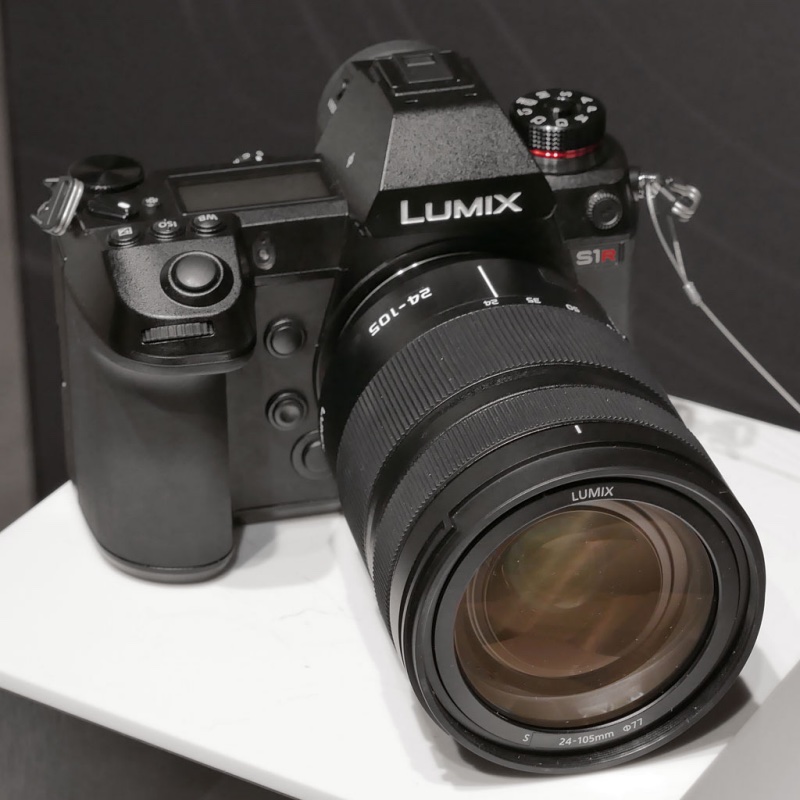Small and full frame.

Great specs in a small package.
By far my favorite camera before I went 100% iPhone and sold all my ‘regular’ hardware was the MFT Panasonic GX7. Small, a Leica format design with an offset finder eyepiece and an electronic shutter stealth mode for silent operation. Paired with the stock 12-35mm Pro Zoom optic, which is excellent, it was the best thing until the iPhone 11Pro came along. I banged away with that GX7 for the best part of a decade and loved every moment of it. Once you set up the menus for your preferred way of operation it became a high quality point-and-shoot delivering excellent image quality and came with a small fill-in flash built in. Sweet.
If the GX7 had a limitation it related to the handling of high contrast subjects, where highlights were all too prone to burn out, even using RAW, dictating underexposure by a stop or two and recovery of the shadows in Lightroom. Panny had crammed 18 megapixels into the 0.375 square inch sensor and it showed. That’s 48 mp/square inch.
So when Sony announced the a7C the other day, it was of immediate interest. A GX7-styled body bit with a full frame 24 megapixel sensor, meaning just 16 mp/square inch. That’s a huge drop in pixel density, which augurs well for dynamic range. But what is especially surprising about the new body is its small size. Compare:
Panny GX7 – 4.8″ x 2.8″ x 2.2″, or 29.6 cubic inch volume, weighing 402 grams without lens
Sony a7C – 4.9″ x 2.8″ 2.2″, or 30.2 cubic inches, weighing 509 grams
Add a lens to each – the stock zoom – and weight increases by a few grams.
So the Sony’s specifications are impressive indeed. The question has to be asked. Does MFT still make sense, given the image quality trade-offs?
One big plus over the GX7 is battery life. Sony claims over 700 shots on a charge; I rarely managed 200 with the GX7.
Now if they added great iPhone features like phone calls, cellular connectivity, night mode, and insanely small size and weight, that would be really something. Oh, and a built-in flash would be nice. Also, at $1,800 Sony is asking too much. At $1,100-1,200 it makes sense. Heck, that’s as much as my iPhone 11Pro.


